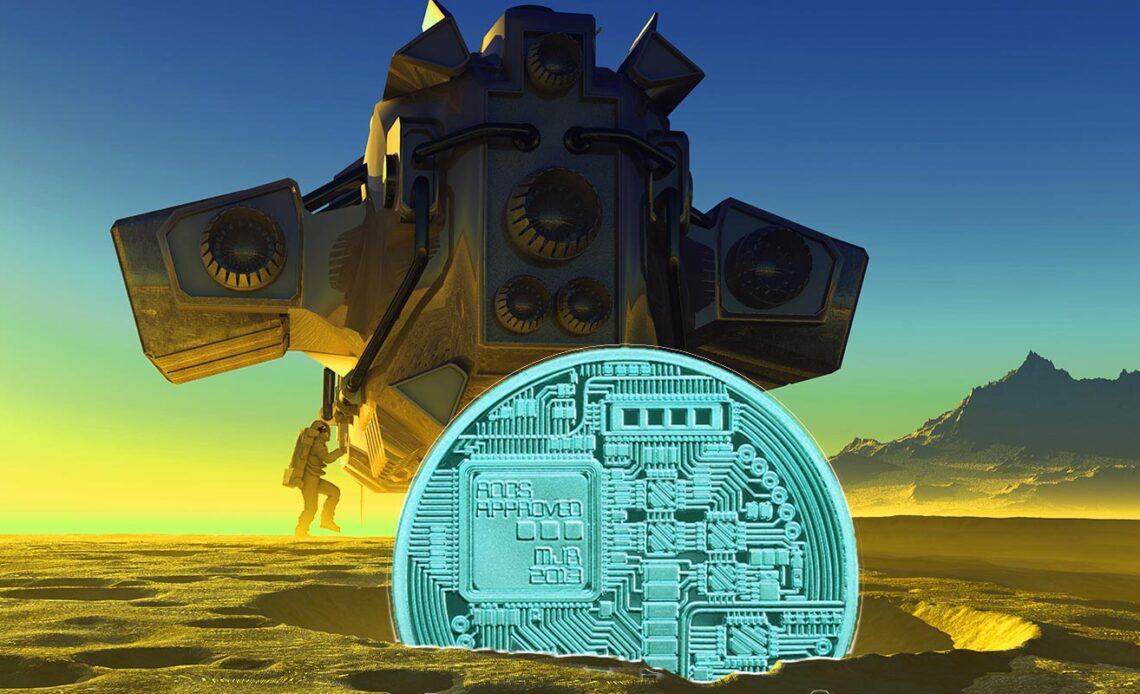HodlX Guest Post Submit Your Post
Bitcoin mining has garnered a reputation for being wasteful and dirty though this couldn’t be further from the truth.
Bitcoin mining can be as ‘green’ as any industry and is an essential aspect of Bitcoin overall.
After Bitcoin mining was banned in countries such as China and others, it caught on in a big way in the US, quickly becoming a major industry with a notable presence in towns across the US.
Cryptocurrency mining the vast majority of which is Bitcoin mining requires between 0.6% and 2.3% of all electricity used in the US.
And globally it requires between 0.2% and 0.9% of all power as much as Greece and Australia.
The carbon footprint of mining in the US is 78.7 million metric tons of CO2 per year. The industry is growing so fast that regulators are moving to understand it better.
The US EIA (Energy Information Administration) moved to require cryptocurrency mining businesses to share power usage details and has considered fines against miners.
The EIA has faced legal obstacles in the wake of a miner-led lawsuit.
Regulators must understand crypto mining can be green
The federal government has made it clear that robust and enforceable regulation is likely coming to the US Bitcoin mining industry, and therefore the community must work together toward reasonable legislation.
The bottom line is simple Bitcoin mining could one day be a net positive for the environment.
Bitcoin’s proof-of-work process has grown increasingly more energy-efficient as more miners look towards renewable energy sources such as wind, solar and hydropower not coal or natural gas.
The Bitcoin Mining Council, a bitcoin industry group, has shown that 60% of mining is done with renewables.
Nonetheless, the US EIA requires cryptocurrency miners to share their power usage details to regulate high power usage. There are only a few ways for miners to respond.
The best way is to make efforts to create zero-carbon emitting mines, while also agreeing to curtail mining activities during emergencies, which would then allow them to potentially function as a buffer of sorts for the grid.
According to Joshua Rhodes, an energy research associate with the University of Texas at Austin, flexible energy loads are good for the grid.
If crypto miners curtail their energy use during peak times, their annual load can be slashed by 13-15%, and could thereby reduce carbon emissions, improve grid resiliency in high-stress…
Click Here to Read the Full Original Article at The Daily Hodl…
























